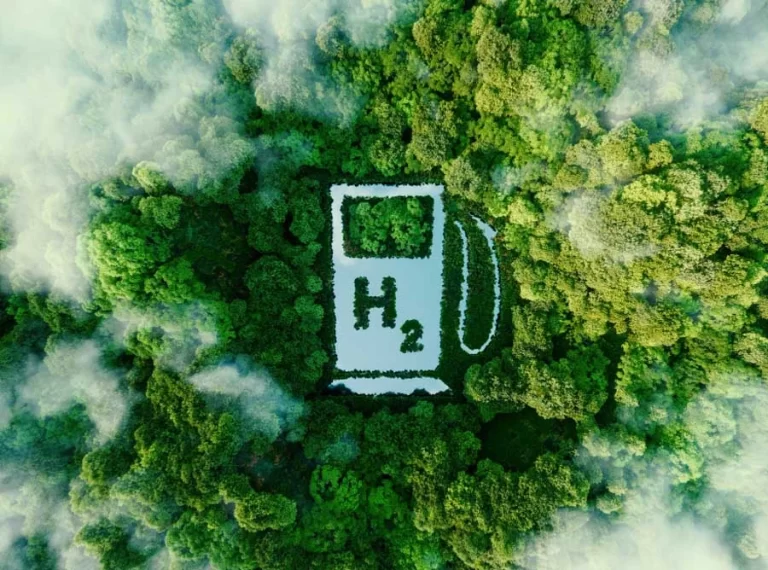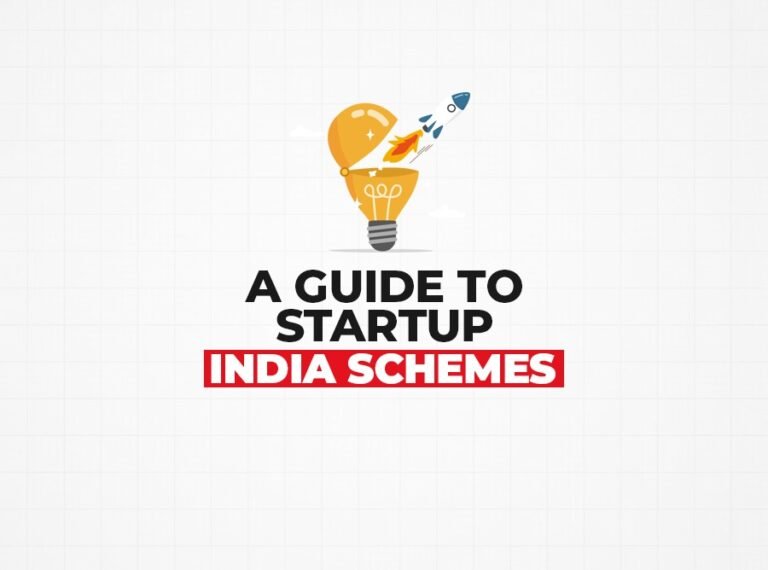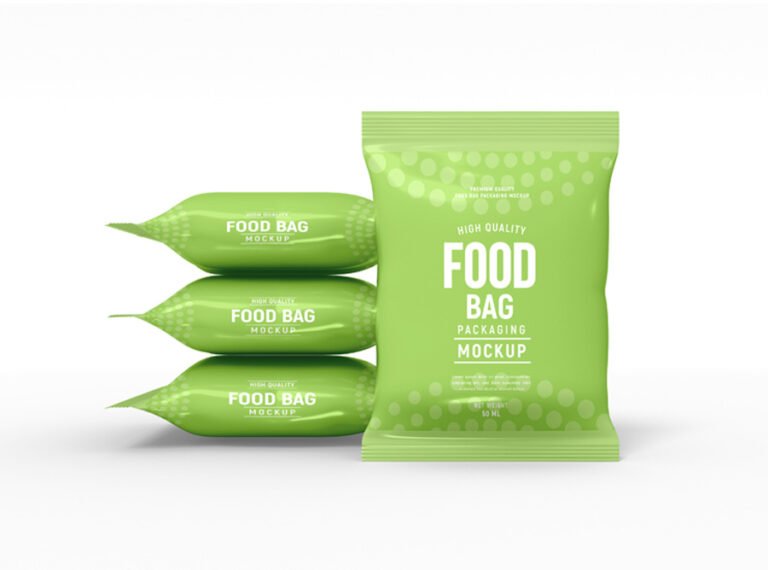RBI’s Forward Guidance focuses on growth, acknowledging risks
In a bold move to support growth, the RBI slashed the repo rate by 50 bps, signalling confidence amid easing inflation while cautioning against global and weather-related risks.
Vipin Malik, Chairman & Mentor, Infomerics Ratings
RBI has frontloaded a jumbo 50 bps reduction in the repo rate in the June’25 monetary policy taking the most opportune time when the CPI inflation is at lowest. CPI headline inflation softened by a cumulative 45 basis points during March-April 2025, from 3.6 per cent in Feb’25 to a low of 3.2 per cent in April 2025; the lowest reading since July 2019.
Due to piquant correction in
vegetable prices, food inflation reduced to a 42-month low of 2.1 per cent in
April from 3.8 per cent in Feb’25. Fuel group has increased to 2.9 per cent in
April 2025. CPI excluding food and fuel inflation have increased to 4.2 per
cent (YOY) in April 2025.
Gold, which has a share of 2.3 per
cent within CPI excluding food and fuel, contributed 21.4 per cent to the core
inflation in April 2025. Going forward, the likely above normal monsoon along
with its early onset augurs well for Kharif crop prospects. Hence, inflation
expectations are showing a moderating trend.
Despite such favourable trends, RBI
has flagged the following risks:
· Weather-related
uncertainties.
· Possible
transmission of tariff related concerns towards global commodity prices.
· Potential upward thrusts on core inflation due to upward gold prices (this risk though not flagged directly by RBI; this must be considered due to increasing gold preferences amid global uncertainties).
Taking
note of the abovementioned factors and assuming a normal monsoon, CPI inflation
for the financial year 2025-26 is now projected at 3.7 per cent, with the
following quarterly projections:
· Q1
at 2.9 per cent.
· Q2
at 3.4 per cent.
· Q3
at 3.9 per cent.
· Q4
at 4.4 per cent.
The inflation projections have been slightly enhanced for Q3 (3.9 per cent) compared to the previous policy projections for the third quarter at 3.8 per cent. However, overall projection for 2025-26 remains favourable at 3.7 per cent in June’25 policy compared to the 4 per cent projection at the previous Apr’25 policy. In the Apr’25 policy, CPI inflation for the financial year 2025-26 was projected at 4.0 per cent, with Q1 at 3.6 per cent; Q2 at 3.9 per cent; Q3 at 3.8 per cent; and Q4 at 4.4 per cent.
In order to support banks in reducing
cost of funds and providing them with more liquid funds, The RBI decided to
reduce the cash reserve ratio (CRR) by 100 basis points (bps) to 3.0 per cent
of net demand and time liabilities (NDTL), which will be carried out in four equal
tranches of 25 bps each with effect from the fortnights beginning September 6,
October 4, November 1 and November 29, 2025. The cut in CRR would release
primary liquidity of about ₹2.5 lakh crore to the banking system by December
2025. In addition to provide durable liquidity, it will also reduce the cost of
funding of the banks.
The RBI has also changed the policy
stance towards neutral from accommodative clarifying that the space for growth
has become limited after a cumulative 100 bps reduction in the policy repo
rate.
The inflation outlook for the year is
being revised downwards from the earlier forecast of 4.0 per cent to 3.7 per
cent. The economic growth remains lower amidst challenging global situation and
heightened uncertainty. According to the provisional estimates released by the
National Statistical Office (NSO) on 30th May 2025, real GDP growth
in Q4:2024-25 has been positioned at 7.4 per cent as against 6.4 per cent in
Q3. On the supply side, real gross value added (GVA) increased by 6.8 per cent
in Q4:2024-25. For 2024-25, real GDP growth was placed at 6.5 per cent, while
real GVA recorded a growth of 6.4 per cent.
Agriculture prospects remain bright
on the back of an above normal southwest monsoon forecast and resilient allied
activities. Services sector is expected to maintain its momentum. However,
spillovers emanating from protracted geopolitical tensions, and global trade
and weather-related uncertainties pose downside risks to growth.
The jumbo rate cut may be justified
at this policy in the sense that going forward, such conducive environment may
not be available with potential risks like weather related uncertainties,
possible transmission of tariff related concerns towards commodity prices,
potential upward thrusts on core inflation due to upward gold prices, any
further geopolitical challenges may push up global commodity prices and distort
the supply chains. Hence, the policy decision can be explained largely from the
point of view of taking maximum advantage of the opportune time.












